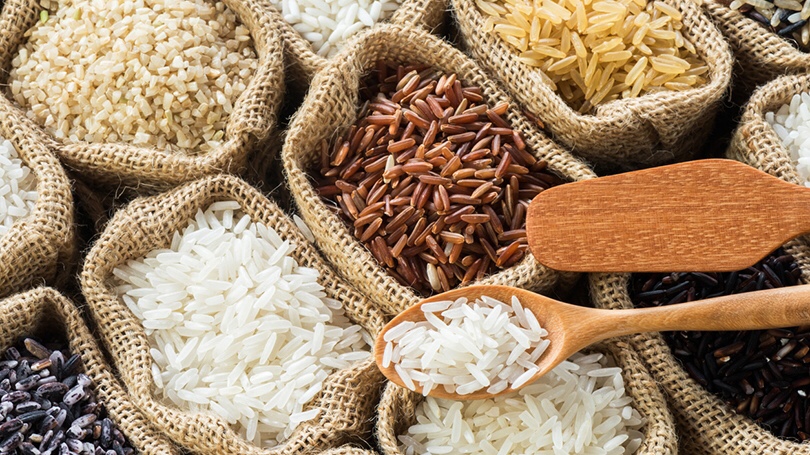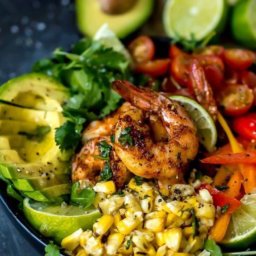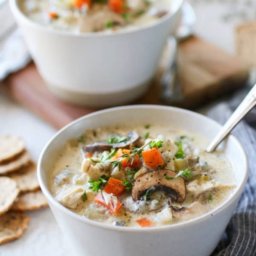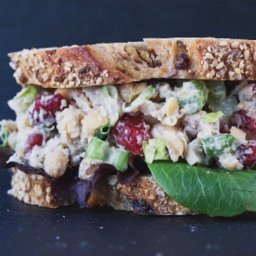I admit, I know that brown and black rice is more nutritious than white rice, but I actually prefer the fluffy, light texture and and taste of white rice.
I’ve always wondered, is black and brown rice really that much healthier than white rice? And is white rice really the devil rice?
So I did some digging and this is what I found.
First let me mention, that ALL rice is naturally gluten-free and low in fat.
White Rice
White rice has the husk, bran layer, and the germ removed. Basically brown rice gets gets stripped of its nutrients to become white rice. As a result of this extraction, white rice contains less nutrients and fiber than brown or black rice. However, it does contain more folate and thiamine than brown rice, but unless white rice is enriched, it really doesn’t offer much of anything in terms of nutrients.

Brown Rice
Brown rice is whole grain rice with only the outer hull removed. It is chewier than white rice, has more of a nutty flavor and contains a few more nutrients than white rice.
Brown rice has a tad more fiber than white rice and is a good source of selenium, iron, manganese, and has a moderate source of zinc.
But the truth is, neither brown or white rice can really be considered a nutrient-dense food. And although the added fiber means that the starches in brown rice are more slowly converted to blood sugar, both white and brown rice have a moderate glycemic impact. In terms of the effect on your blood sugar, the portion size plays a far bigger role than whether you choose white or brown rice.
Black Rice
Black rice has been eaten in regions of Asia for thousands of years. It was reserved for only Chinese royalty for centuries. Also known as The Forbidden Rice. Like brown rice, black rice is a whole grain, with all of the fiber-rich bran and nutritious germ intact. Its chewier, heartier and has a distinct nutty, earthy flavor than brown or white rice. It also takes the longest to cook of all the rices.
But where black rice really shines is in its antioxidant content. The deep pigmentation of black rice (which is actually a very dark purple) comes from anthocyanins, the same compounds that give blueberries their color, and health benefits.
Anthocyanins help protect your heart and brain, help lower your cholesterol, and some studies show guard against cancer and dementia.
Black rice is (by far) the richest source of anthocyanins of any grain.
But what about calories? How does each compare??
Here is what a half cup of cooked rice looks like:
- Brown rice: 111 calories, 3 g protein, 24 g carbs, 2 g fiber, 2 g fat
- White rice: 130 calories, 2 g protein, 23 g carbs, 1 g fiber, 2 g fat
- Black rice: 150 calories, 3 g protein, 32 g carbs, 3 g fiber, 1 g fat
The take home point is white rice is not as bad as you think, and that not all rice is created equal. All rice has its pros and cons, and truthfully you’ll probably be healthier incorporating all into your diet rather than either one alone. Just like fruits and vegetables, you should eat your rainbow of rice to ensure you get all of the macro-, micro- and phytonutrients rice has to offer.










